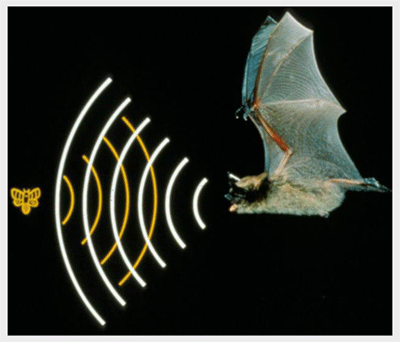Monarch Migration!
The monarchs are here! After a record wildflower bloom this year, we’ve been expecting record numbers of monarch butterflies, and we just spotted the first ones enjoying the Butterfly Garden in our Science and Art Park.
These beauties travel through Central Texas two times a year, heading to Mexico for the winter and returning to Canada for the summer. On the Texas A&M website, Craig Wilson, USDA Future Scientists Program Director, estimates that we could see 300 million monarchs pass through the state, and that’s encouraging after several years of declining numbers.
“Butterflies are not only fun to watch, but they serve a critical purpose as well,” said Zac
Zamora, Science Mill Creative Director. “Butterflies and other pollinators, including bees,
moths, birds, and bats pollinate over 75% of the world’s flowering plants.”
Attracting monarchs and other pollinators requires the right kinds of plants. When planning the Science Mill’s Butterfly Garden, we learned that not all milkweed is good for monarchs. It’s important to get native plants that are in sync with local seasons. This goes for other varieties of plants in your garden, too. Encouraging healthy pollination locally can have a global impact. To attract pollinators, our Science Mill garden includes these plant varieties, all available at local nurseries:
You can be part of this year’s historical monarch migration by planting your own butterfly
garden and reporting sightings on the Journey North website. Speaking of pollinators, join us Saturday, Oct. 19 for Bat Bazaar, and come check out our Butterfly Garden at the Science Mill!







